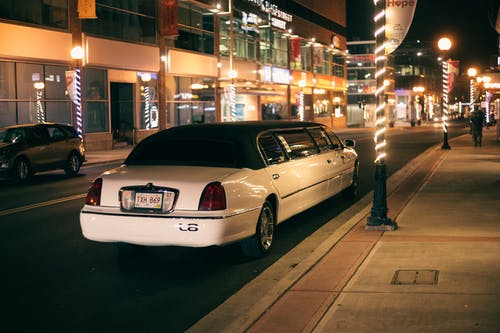To drive a commercial vehicle in the US, you need a commercial driver’s license (CDL). There are different types of CDL, and applicants must meet the requirements for the type they wish to apply for.
You must pass all necessary written and driving CDL training per your desired type of license to get your types of CDL. For example, a commercial driver’s license is necessary with a tank-vehicle endorsement to drive a tank truck in the US.
Read on to know more about the different types of CDL and their requirements.
Class A CDL Requirements
You need a Class A license to drive any vehicle with a gross combined weight (GCWR) of around 26,001 pounds or more if the automobile is used to drive at least 16 people, including the driver, or a vehicle that requires an air brake endorsement.
To apply for a Class A commercial driver’s license, you must be at least 21 years of age.
After receiving your Class, A learners permit (16 years or older), you can apply for this license. You can get this CDL by passing a test on general knowledge, air brakes, and combination vehicles.
Class B CDL Requirements
A Class B license is mandatory to drive your single vehicle having a gross combined weight (GCWR) of about 26,001 pounds or more, or any vehicle towing another one not exceeding 10,000 pounds GCWR.
To apply for a class B commercial driving license, you must be at least 18 years of age. You are also required to have at least one year of driving experience after receiving your Class B learner’s permit (16 years or older). You can get this CDL by passing these tests: general knowledge, air brakes, and straight vehicles.
Class C CDL Requirements
A Class C license is essential when you want to drive any single motor vehicle less than 26,001 pounds or any such vehicle towing another not over 10,000 pounds GCWR.
To apply for a Class C commercial driver’s license, you must be at least 18 years of age. You must also have a minimum of one year of driving experience after receiving your Class C learners permit (16 years or older). You can get the license by passing these CDL training tests: general knowledge, air brakes, and tractor-trailer vehicles.
Class D CDL Requirements
A Class D commercial driving license can help when you want to drive any 2-axle motor vehicle less than 26,001 pounds or any such vehicle towing another not over 10,000 pounds GCWR.
To apply for a Class D commercial driver’s license, you must be at least 18 years old.
You must also have one year of driving experience after receiving your Class D learner’s permit (16 years or older). You can get this CDL by passing these tests: general knowledge, air brakes, and 2-or 3-axle vehicles.
Class M CDL Requirements
A Class M CD license is necessary to drive any motorized bicycle with two wheels or a moped.
You must be at least 16 years of age for a Class M commercial driver’s license. You must have also completed an approved driver education course to get this license. You can get this CDL by passing tests on general knowledge and air brakes.
Class E CDL Requirements
A Class E-commercial driver’s license is required when you want to drive a farm vehicle, that is, they are being used to transport: agricultural products, farm machinery, or farm supplies. These items may not be transported for hire and must not be moved by a motor carrier from one place to another. Also, you can haul these items if they are for your use.
Which CDL Should You Choose?
- If you want to drive a combination of vehicles (Class A), your only choice is the combination vehicle endorsement.
- If you want to drive a single vehicle (Class B, C, D, or M), your choice depends on how many passengers and weight that vehicle carries. Your best bet will be a Class B CDL if you want to drive a vehicle that carries more than 16 passengers or a Class C license if the vehicle you want to drive is less than 26,001 pounds.
- If you’re unsure which class of license you should apply for, it is recommended to apply for a Class C first as it covers most vehicles out on the road. You can then upgrade your license to a Class A, if need be.
- If you want to drive both combination and single vehicles, you can apply for the Class B endorsement first, as it will allow you to drive both types of vehicles. You can then upgrade your license later, if needed.
- It is important to remember that endorsements are only required when you want to transport certain types of things (for example, hazardous materials, double/triple trailers, and tanker trailers).
















